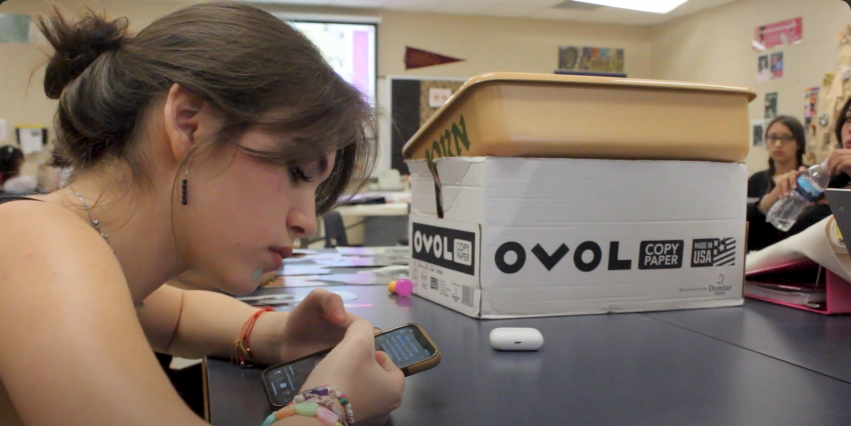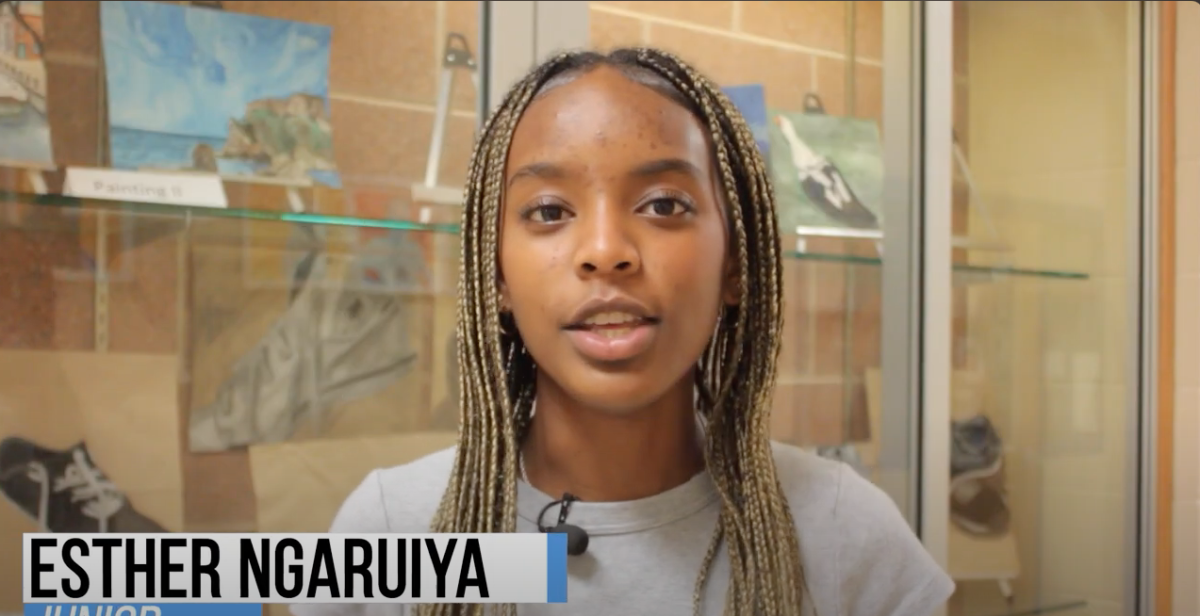by Melissa Smith | Arts & Entertainment editor
Imagine coming from a small town to the huge city of San Antonio. Of course, the average person would initially visit the sights of the entire city; iconic venues like the Alamo and Riverwalk. Even the surrounding areas offer a wealth of things to see and do. The sheer scale of a city like San Antonio can be overwhelming, but for junior Courtney Scogin it was a tad different.
“When I came to Johnson and started making friends, I noticed that they just stayed over here,” she said. “I feel like they don’t take advantage of everything that’s, like, here, in the Stone Oak area.”
The same is true for many cities. A “Stone Oak Bubble” exists in every large burg.
“It was kind of the same [in my old town], in the sense that you know that people don’t really leave, it’s kind of like a bubble to stay in where pretty much everyone stays in the same place,” Scogin said.
A new-comer from Florida, senior Molly Brodhacker was shocked when she made her way to San Antonio’s downtown district. The realization that San Antonio is more a collection of communities than one singular unit surprised her.
“When I first moved here, I honestly thought Stone Oak was downtown. Then, my mom took me actually downtown, and I was like ‘whoa’. It’s just really weird,” Brodhacker said.
It is rare for most students to go past the border posed by 1604, even when presented with the chance to experience tourist attractions that many around the state envy.
“We have everything we need here, so there’s no need to go anywhere else,” junior Riley Caskey said. Junior Brie Foresman interrupts, saying “There’s so much great stuff going on the Stone Oak area, that’s why. We’re too cool- that’s why!”
Students are taken aback when they realize how contained they are in this small area.
“Yeah, we’re like in our own little world. It’s weird,” Foresman said.
“I’m not sure [why we stay over here], I guess I never really noticed,” junior Randy Stuart said.
Some believe that this phenomenon can be explained by the everyday rhythms of life in a Stone Oak-dweller’s existence.
“We’re used to it, it’s like an area that we know,” senior Cameron Wickes said.
Others lay blame on the distance factor.
“We just do our own thing because we’re so far, distance-wise, from the other schools,” Foresman said.
And, of course, distance demands an expensive fare in gasoline.
“Everything is just too far away,” junior Melanie Roe said, exasperated. “It costs too much; gas money!”
In a sense, every school has its own exclusive domain.
“The Churchill district, because its an old school, is huge, like so many neighborhoods and all that stuff,” Wickes said. “Johnson, if you think about it- it’s only Encino Ranch, Cibolo Canyon, Summerglen, and, like, a tiny bit across 281; but it’s all like right here. It’s mainly the older schools that have a larger area,” Wickes said.
In addition, Scogin noted that the schools are divided in terms of population as well as sphere of inhabitance.
“I feel like [the Johnson and Reagan kids] don’t wanna hang out with anyone but their own schools, like they have this idea of who they are and they don’t really want to be friends with anyone else and don’t use their time to get to know anyone else.”
Wickes has noticed this as well, especially since he grew up in the Churchill district; an area in which seems to have a different feel.
“Everyone there is, like, welcoming and accepting [to newcomers], while the people at Johnson and Reagan aren’t.”
When a school possesses that sort of characteristic, Wickes believes it is less likely that they will branch out to the other kids in different districts.
“That affects how close-knit they are,” he said. “I’m not saying that all Johnson people are like that, but there’s just that vibe from them. Like Churchill, on the other hand; everywhere- kids from everywhere are going to that school so like you get more diversity,” Wickes said.
Others, like junior Amanda Stadler, are completely understanding of the concept, and see it as a normality.
“I don’t think it’s weird, because Johnson people are friends with Johnson people, so it’s the same concept everywhere.”
Scogin has become adjusted to the Johnson way of socializing and entertainment, but would be open to a change.
“I really like it here, but I do wish we branched out more and met more people. I’d like to get to chances to meet new people and do new things, but it’s whatever. I love it here-we just need to get around more!”








